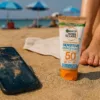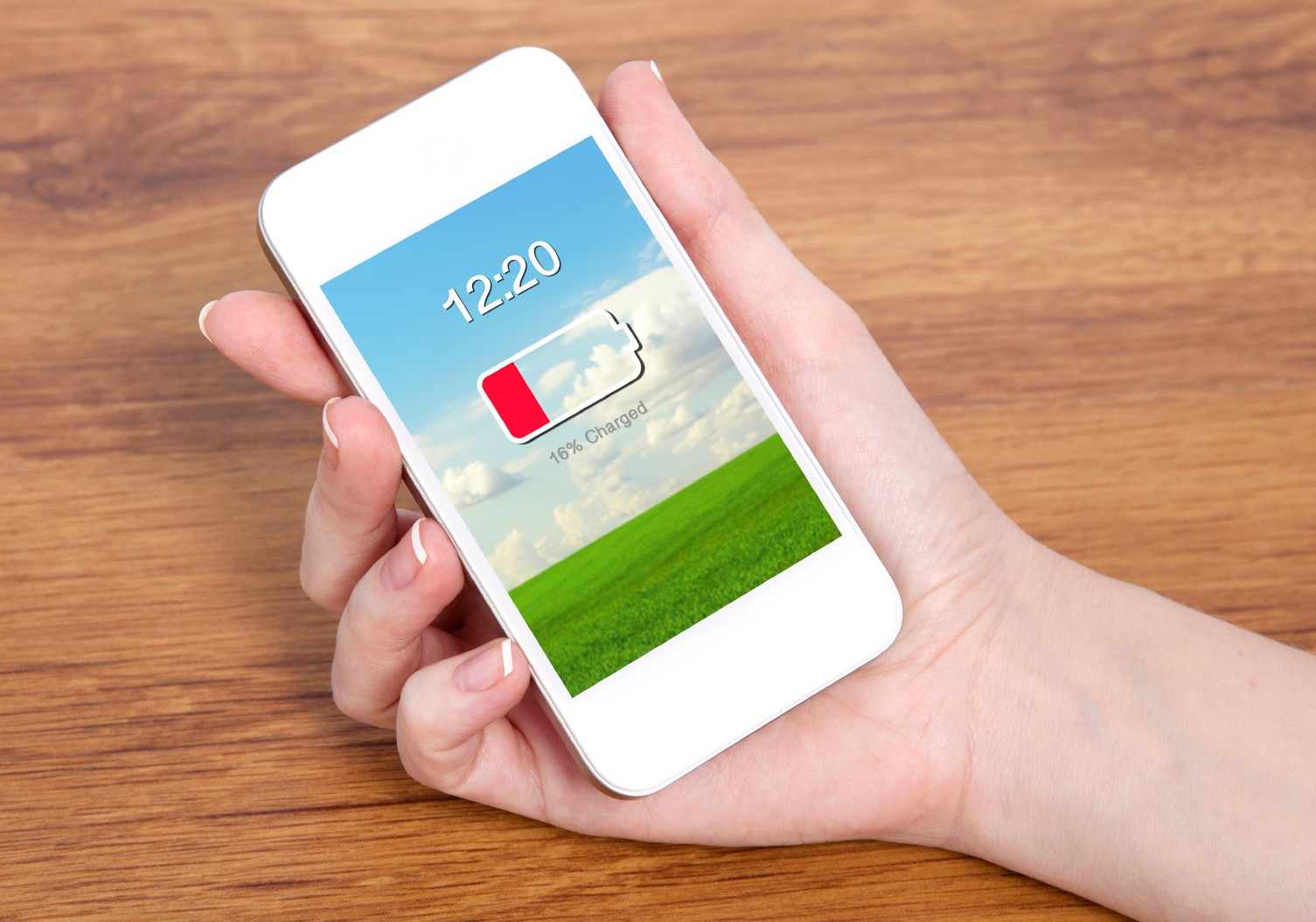Smartphones can do wonders, but they cost a fortune when they run out of battery. Much has already been said about the latter, but with the advent of lithium-ion batteries found in most smartphones, things have changed considerably. Former rules have become redundant, once good habits have become bad. It is also a misconception that we no longer need to worry about the battery. Let's see what commandments apply to them today and what is the recipe for their long life.
Although batteries are not the first thing that comes to mind when we think of smartphones, but these remain their much-needed oxygen and at the same time the biggest friend and foe. Longer battery life is therefore an ever-present topic in the mobile world, and there are a hundred ways to achieve it.
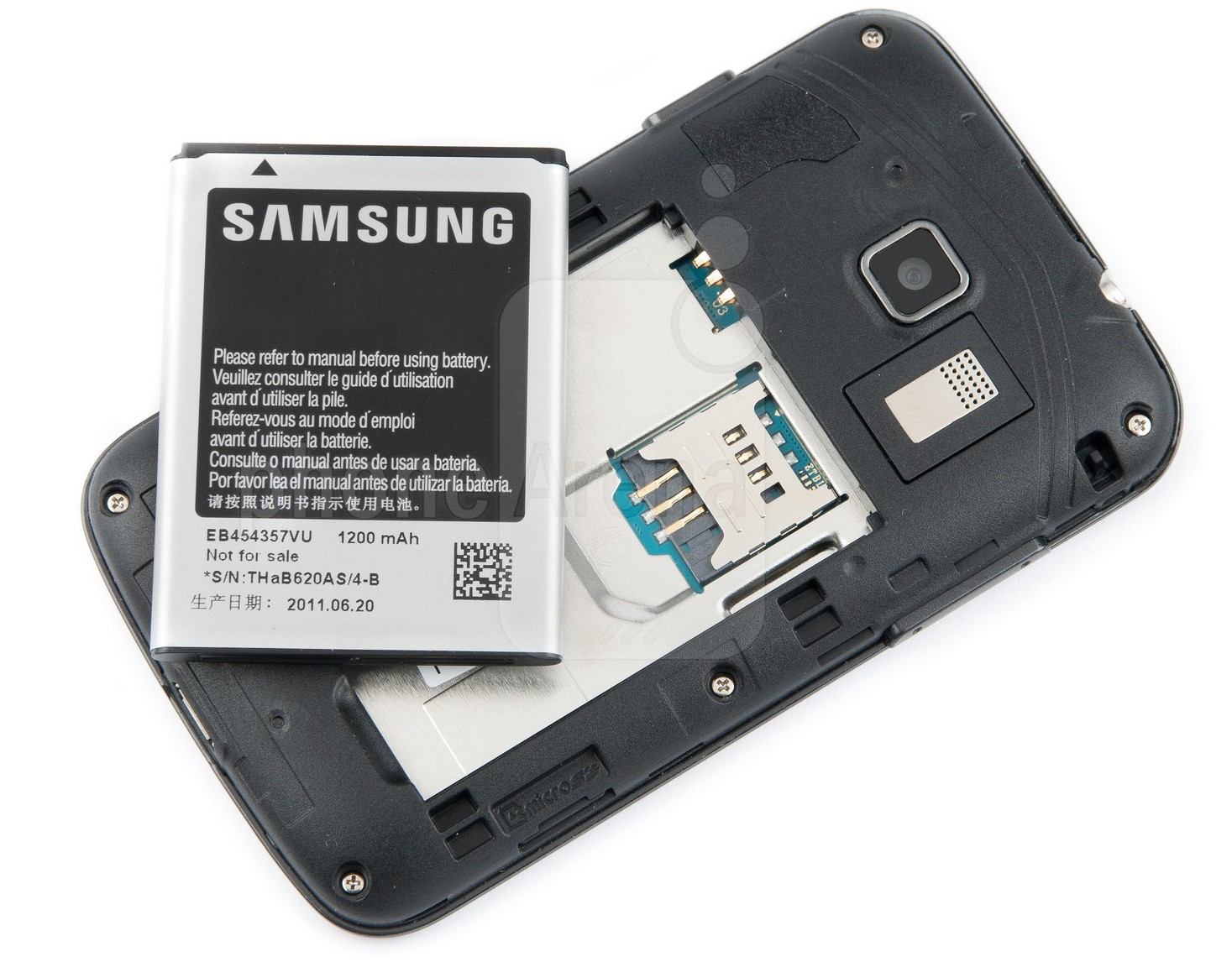
Of the obvious, that with available capacity don't splurge on excessive use of the Facebook app, playing Candy Crush, and a constantly active Wi-Fi and GPS signal, there are rough guidelines that will keep your Li-Ion battery kept fit and healthy. Let's look at them.
Memory effect
Batteries don't last forever, either lithium-ion no. But they are a giant improvement compared to nickel-cadmium and nickel-metal hydride, primarily because they do not have a memory effect, which is best characterized by the mandatory 16-hour charging when buying a new mobile phone. This was the main concern for a long time, but today's batteries for "blue" devices are a little different. Unlike "antique" batteries, Li-Ion batteries are resistant to capacity drop, as they operate on charging cycles, so there is no need to wait until they are completely discharged (if a battery has, for example, 300 charge cycles from empty to 100 %, that battery can handle around 500 charge cycles with a capacity of between 20 and 95 %), before feeding them with electricity again. Li-Ion batteries do not like to have to go to the edge. They prefer to empty themselves only partially and eat little by little, rather than waiting until they have a hole in their stomach. They should feed themselves, not because they are sick, but so that they don't feel sick at all. Despite this, even modern batteries cannot completely avoid a drop in capacity, but this is not the result of the memory effect, on the contrary aging.

To keep her young at heart for as long as possible, we recommend that you keep her above 50% as much as possible and do not go to extremes. Complete discharge it will do more harm than good to her, as it will shorten her lifespan (see the cycle example above). It is true that we have this practice in our blood, but it is only useful to go to a clean bottom once a month (due to calibration/calibrations). We also advise against charging to the living edge (100%), especially since not all chargers turn off by themselves when the battery fully recovers its power (this leads to overheating). Therefore, disconnect the device shortly before the destination. This will also be more optimal for the operation of the mobile phone, since it is at its peak power when it is between 40 and 80%.
Heat effect
We have the old type of batteries to thank, inadvertently we are starting health our modern batteries. But this bad habit is not the Li-Ion battery's worst enemy. The heat it is. Namely, the battery will lose its capacity much faster when it is adjusted hot sun rays, as if she spent this time in the shadows. And this regardless of whether the phone is currently in use or not.
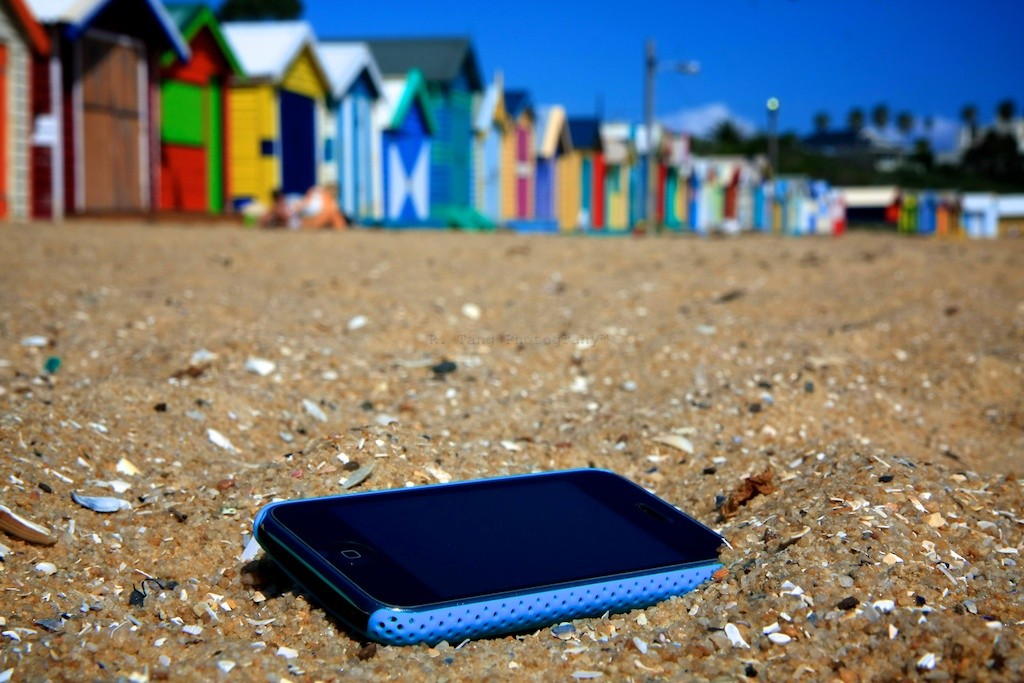
Let's look at the numbers. At 0 degrees Celsius, the battery will lose approx 6% maximum capacity, at 25 degrees the percentage will jump already to 20%, at 40 degrees so on 35%. Of course, this does not mean that it is only suitable for staying in the refrigerator, but it is recommended that you do not roast the phone in the sun unnecessarily. Definitely don't leave it in a whitewashed car or on the beach directly exposed to the sun.
Wireless charging effect
Wireless charging is extremely convenient, but it comes with a price. During this type of charging, the battery reaches heat wave wi-fi(ovi), which means warming up, which damages it as much as the hot rays of the sun.
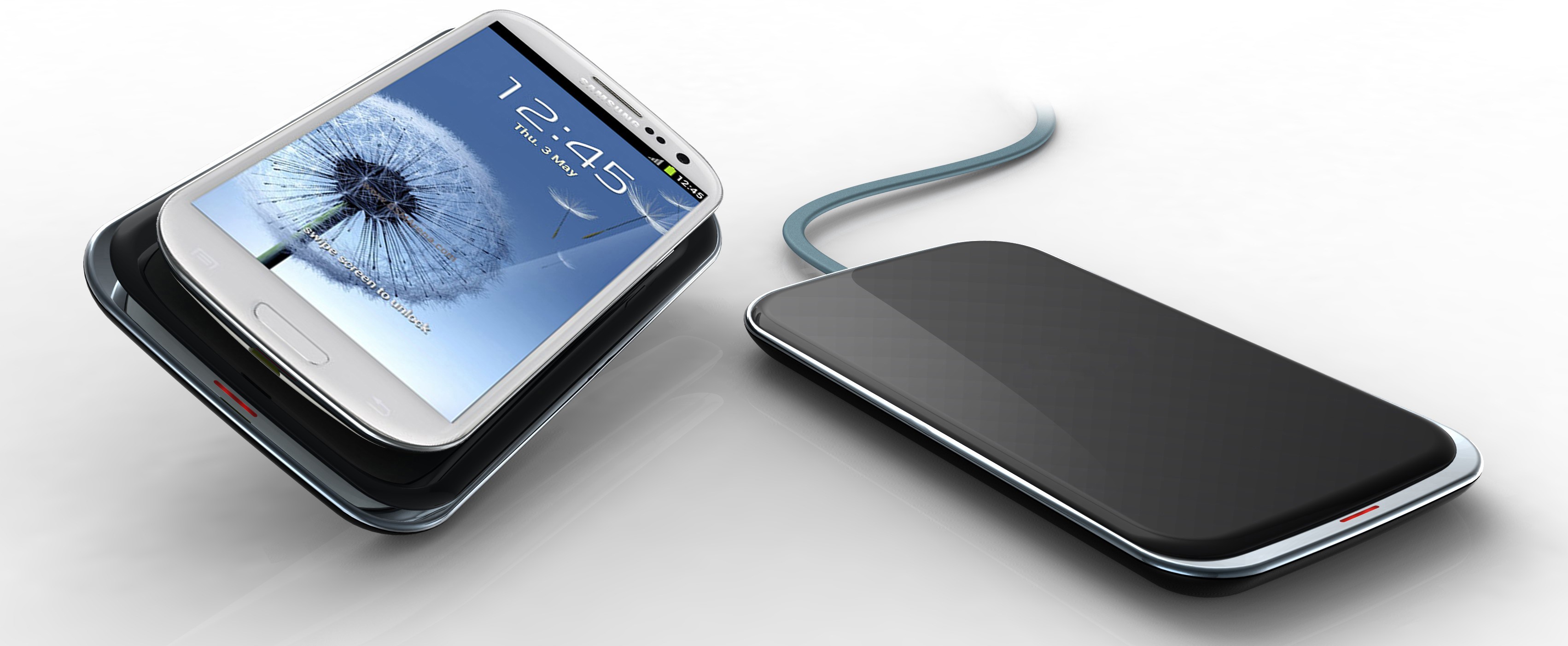
When there is a combination of both, the situation is even worse. Therefore, avoid this otherwise great option as much as possible and charge instead under normal circumstances via cable.
READ MORE: 5 myths debunked about charging your smartphone
Inactivity or frozen use
If you have decided to use devices with Li-Ion the battery will not used for a long time, it is important not only to store it somewhere dry and at normal, room temperature, away from heat sources and metal objects, but also to send it to rest 40% charged. All classic batteries eventually wear out empty by themselves and its own consumption is the reason why it is not wise to store a completely empty one. When they are completely exhausted, they begin to eat themselves, they become unstable and in the final stage, if and when they reach the bottom, too they self-destruct (they do this in case charging could cause an "explosion" after several months of non-use).

To prevent this kind of scenario, every now and then fill about halfway. It's not that the Li-Ion battery is "bleeding", but on a monthly basis it still loses from 5-10% power, which means that occasional charging should not be too much of a commitment.
Filling "Speedy Gonzales"
He has many new phones fast charging option. Although this feature has already saved many lives, it takes its toll. Much like fast food affects people, too fast charging it has a harmful effect on the battery. Li-Ion batteries last the longest if you drink them with low and consistent speeds, which fast charging is not.

Fortunately, junk food is used in this way of eating only in the first charging cycle, and phones and chargers are also smart enough to only use the extra voltage when it's useful. Therefore, the damage is not as great as you might have gotten the impression. But if you are not in a hurry, we still recommend that you let the battery cool down recharge in peace and that he does not throw electricity into himself.
